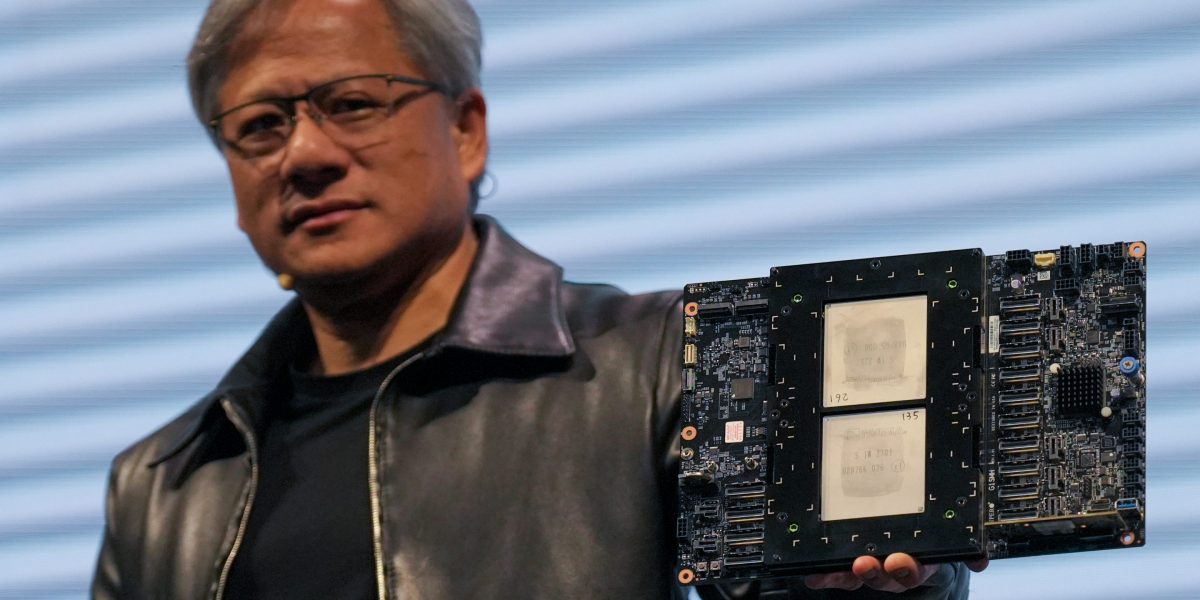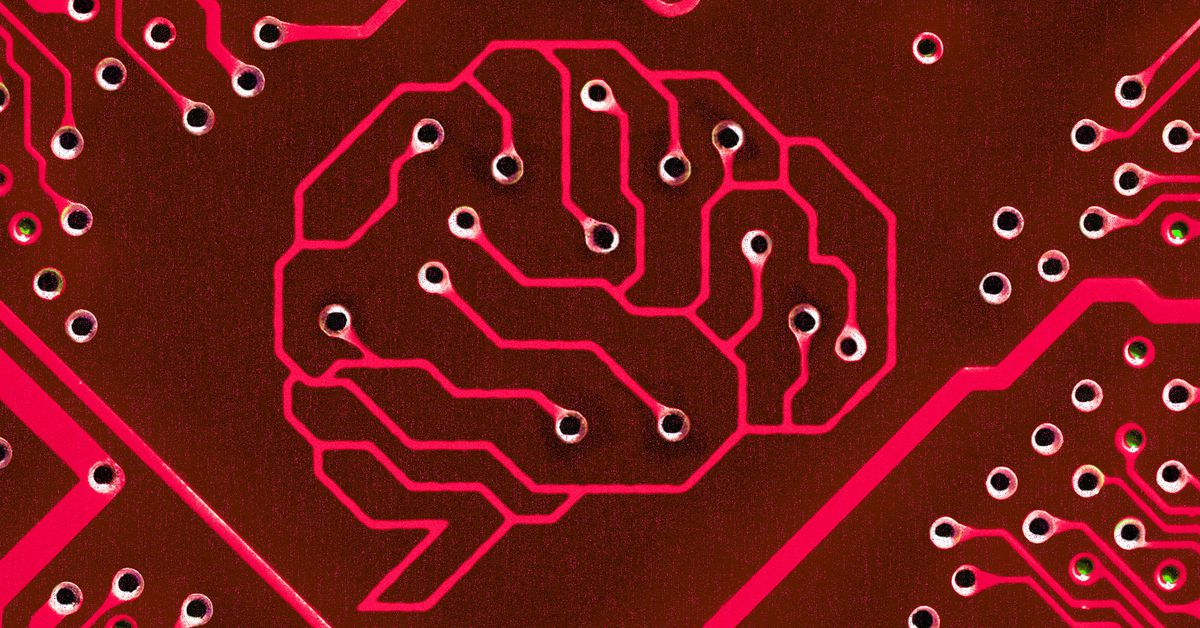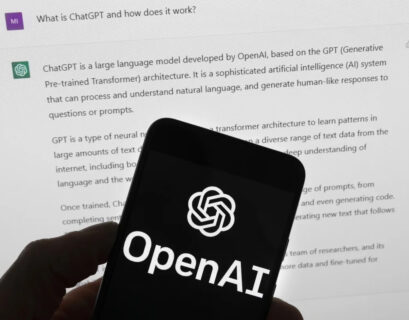Commercial fusion energy could be on the brink of a significant advancement following the creation of a tool by Princeton engineers aimed at enhancing the stability of sustained fusion reactions.
In contrast to nuclear fission, which is currently prevalent in the energy sector, nuclear fusion mirrors the energy generation process of the sun. This intricate process involves the collision of two atoms with immense force, leading to the formation of a single, larger atom and the subsequent release of substantial energy.
One notable advantage of fusion over fission is its minimal production of radioactive waste. Additionally, fusion yields three to four times more energy than fission while avoiding the emission of carbon dioxide into the atmosphere like traditional fossil fuels. Moreover, the risk of a nuclear meltdown is non-existent due to the swift shutdown of the fusion reaction if optimal conditions are not maintained.
Despite its promising attributes, sustaining fusion reactions over extended periods poses a challenge. To replicate the conditions required for fusion on Earth, temperatures six times hotter than the sun’s core are necessary. This results in the existence of atoms in a plasma state at extremely high temperatures, where electrons and ions are separated due to the intense heat.
One method employed to contain this superhot plasma involves utilizing potent magnets within a torus-shaped apparatus known as a tokamak. However, the plasma occasionally becomes unstable, breaching the magnetic fields and halting the reaction.
Recent breakthroughs from the Princeton Plasma Physics Laboratory, detailed in Nature, offer a glimmer of hope in foreseeing and averting these instabilities before they disrupt the fusion process, thereby facilitating more sustained reactions.
By harnessing artificial intelligence, researchers have devised a strategy to predict and prevent these instabilities proactively. Through machine learning from past experiments, AI can formulate a control policy to maintain a stable, high-powered plasma state in real-time, effectively steering clear of potential instabilities.
This innovative approach does not necessitate teaching the AI the intricate physics behind fusion reactions. Instead, the AI is instructed on the overarching objective of sustaining a high-powered reaction while evading instabilities, enabling it to optimize operational parameters accordingly.
The team anticipates that the development of AI controllers for fusion reactions may not only advance the field practically but also deepen our understanding of the underlying physics. This reciprocal learning process could lead to a symbiotic relationship where AI models impart valuable insights to scientists, fostering further progress in fusion energy research.









